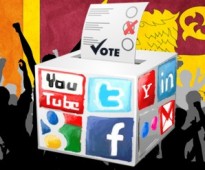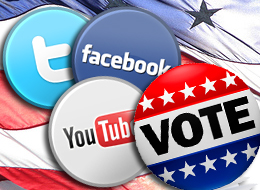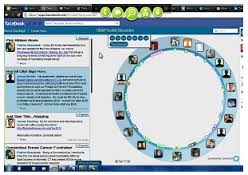Social Media is changing the way political campaigning has ever been used before. With Barack Obama’s 2008 campaign, we have seen that media has become a crucial tool for political campaigning. When doing this it is important to keep a few things in mind:
- Consistency is key– Don’t let this confuse you. Consistency does not mean make sure to always post the same thing every time you use an outlet. It means to make sure to post at the same frequency that you usually do. If you are tweeting, blogging, posting, you want to keep up with it on a regular basis. This way your readers are able to follow your work more easily and stay updated!
- No Ghost Towns– It is really important to keep in mind when you are building media platforms to think carefully about which networks will actually be productive and useful. It does not make sense to create as many as possible if you are not going to be using all of them. It is better to not overextend yourself and drop it a few weeks after. Make sure to think long and hard about which networks you are going to choose because once you make one, you can’t just ditch.
- Platforms all have a different language… learn the lingo– A common mistake that is made is people tend to post the same message across all social media handles. This is a big misunderstanding. All platforms have different reasons for why people use them. Being able to understand your audience is one of the most important elements when using social media. It is crucial to keep that in mind when making a post and make sure to connect with your followers in a way that they will understand.
- Listen to your audience– Social media is a chance to connect with your voters, donors, and supporters on a one to one basis. By setting up listening strategies you can help keep yourself updated on what’s being said about you and how you can help participate in conversations to direct your campaign strategy in a more positive light.
- Use social advertising to expand your reach– Social advertisements has been proven to make or break an election. You have to learn how to use them in your favor. It is a way of drawing in an audience when you want them to take action.
- A picture is worth a thousand words– There are so many online tools, many of which are free that you can use to edit and create graphics that are appealing to your audience. Social media platforms have become very visually appealing and posts should call out attention to your campaign.
- Keep learning– Just like most things, social media is always evolving. With that comes keeping up with the latest trends and practices. If you monitor campaigns that are successful via media you can see how and why theirs continue to do well. That can help you stay updated on your own tactics and give insights on how to better your own.




